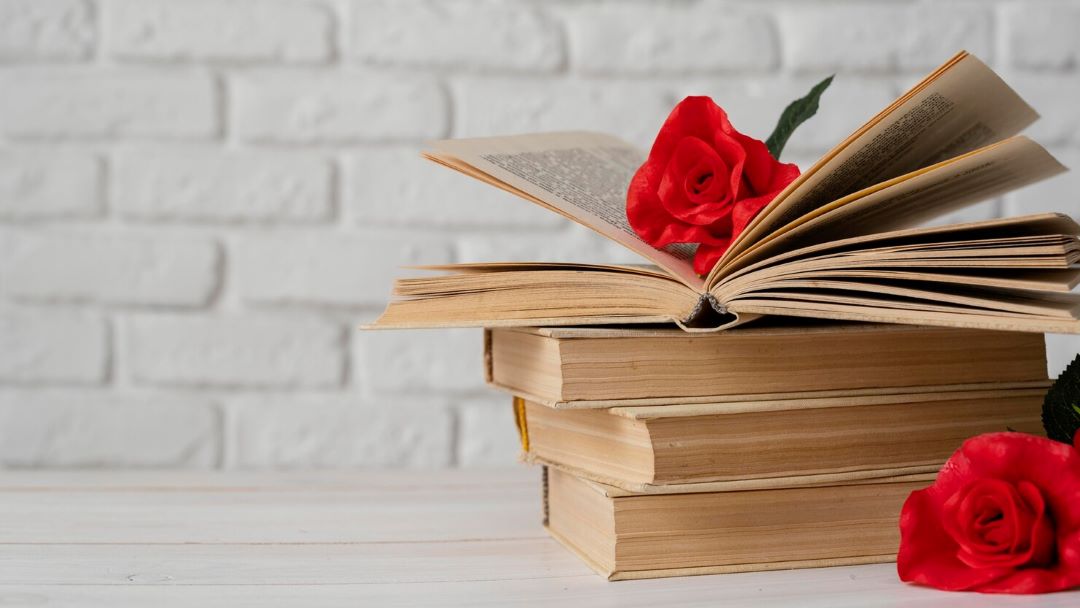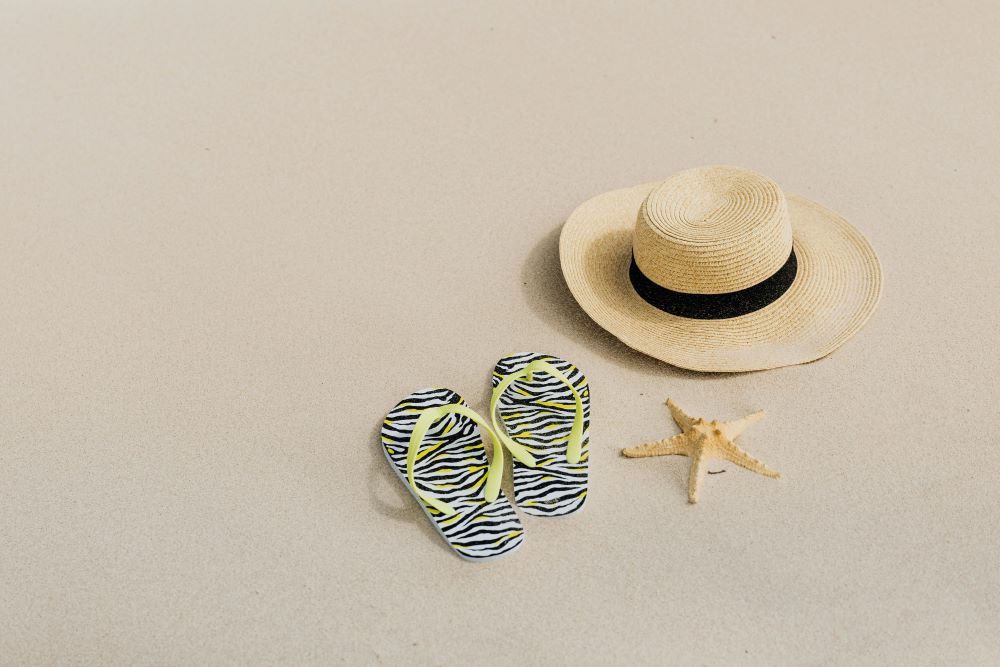We all have our secrets. Whether it’s your grandmother’s technique of hair-wrapping to get those old-school Hollywood curls, or your bestie’s lip liner and lipstick combo that produces a perfect pout every time, you know the thrill of being let in on the tried-and-true beauty secrets of your fellow coiffed comrades. That’s why we’ve gathered five more beauty secrets spanning five continents to bring you the best and brightest skin, hair, and nail care the world’s beauty experts have to offer
Cactus Water – Mexico

If you’ve ever wondered what that cactus cup contains, now is your chance to quench that curiosity. Generally derived from the fruit of the prickly pear cactus, which contains powerful antioxidants and is one of the few cactus species with flesh that isn’t dangerous for humans to ingest, cactus water is a popular drink in Mexico that’s going international. Cactus water is low in sugar and calories, making it healthier than coconut water. Electrolytes reduce inflammation, not to mention it’s extremely hydrating with a hint of fruity flavour. And it’s pink — yes, millennial pink! Another perk for millennials: it’s a hangover helper — drinking it before and after alcohol reduces dehydration, dry mouth, and nausea (though it can’t un-text your ex, sorry
Pincements Jacquet Facial Massage

France There’s a reason that Paris is one of the major fashion capitals of the world — the French know what’s in style and what never goes out of style. The Pincements Jacquet method of facial massage dates back to the 1930s. French dermatologist Dr. Leonard Marie Lucien Jacquet engineered a deep massage method for the face that includes light pinching of the skin accompanied by gentle twisting that is believed to bring impurities under the skin to the surface in the form of pimples that could then be cut open and drained. Facial massage is meant to tone and tighten the face by stimulating blood circulation, which creates an anti-aging effect and could reduce the look of lines, wrinkles, and scarring. If performing a massage on yourself, first apply lotion or facial oil to facilitate a gliding motion of the fingers over your face, neck, and décolleté. Lightly pinch and knead the skin all around your face, then gently rub upwards to lift the skin around the mouth and cheekbones toward the forehead.
Marula Oil – Namibia

The nut of the marula tree fruit is the best kept beauty secret of Ovambo women of Namibia. Marula oil is a one-stop shop for your skin, hair, and nail care needs, containing plenty of antioxidants and nutrients — great for all skin types, being naturally hydrating and fast-absorbing so it doesn’t create a greasy layer. Marula oil is also full of fatty acids and vitamins and fights against bacteria to clear your skin. It’s great for moisturizing and protecting your hair and nails — you might as well bathe in this stuff!
Aburatorigami – Japan

Aburatorigami are traditional Japanese blotting papers made from the leaves of the abacá banana plant. The paper was originally used to protect gold leaf but was repurposed by geisha and kabuki performers in the 1600s to absorb excess facial oils during their performances and keep their makeup intact for longer. In modern times, blotting papers are popular staples in a makeup bag as a quick on-the-go oil control solution. They can be made of different types of paper, but all have the same end goal: absorbing the excess oil your skin produces throughout the day without having to completely cleanse your face. They help to prevent acne or clogged pores and can be relatively inexpensive and even environmentally friendly.
Pumice Stone – Turkey

It’s time to lose the loofah. Turkey has the scoop on a more environmentally friendly and longer-lasting exfoliator made from volcanic stone. Pumice stone is hard but porous and lightweight, making it the perfect natural material to exfoliate tough and dry skin on the bottom of feet or on calluses and corns. To properly use the stone, first soak it and your skin in warm water, and then gently rub it over the tough areas in a circular motion to get rid of dead skin. It’s great to use the stone in a hot shower when the steam has softened the skin. After use, wash the stone and let it dry. You can occasionally boil the stone to sterilize it as well.
Selina Barker | Contributing Writer








